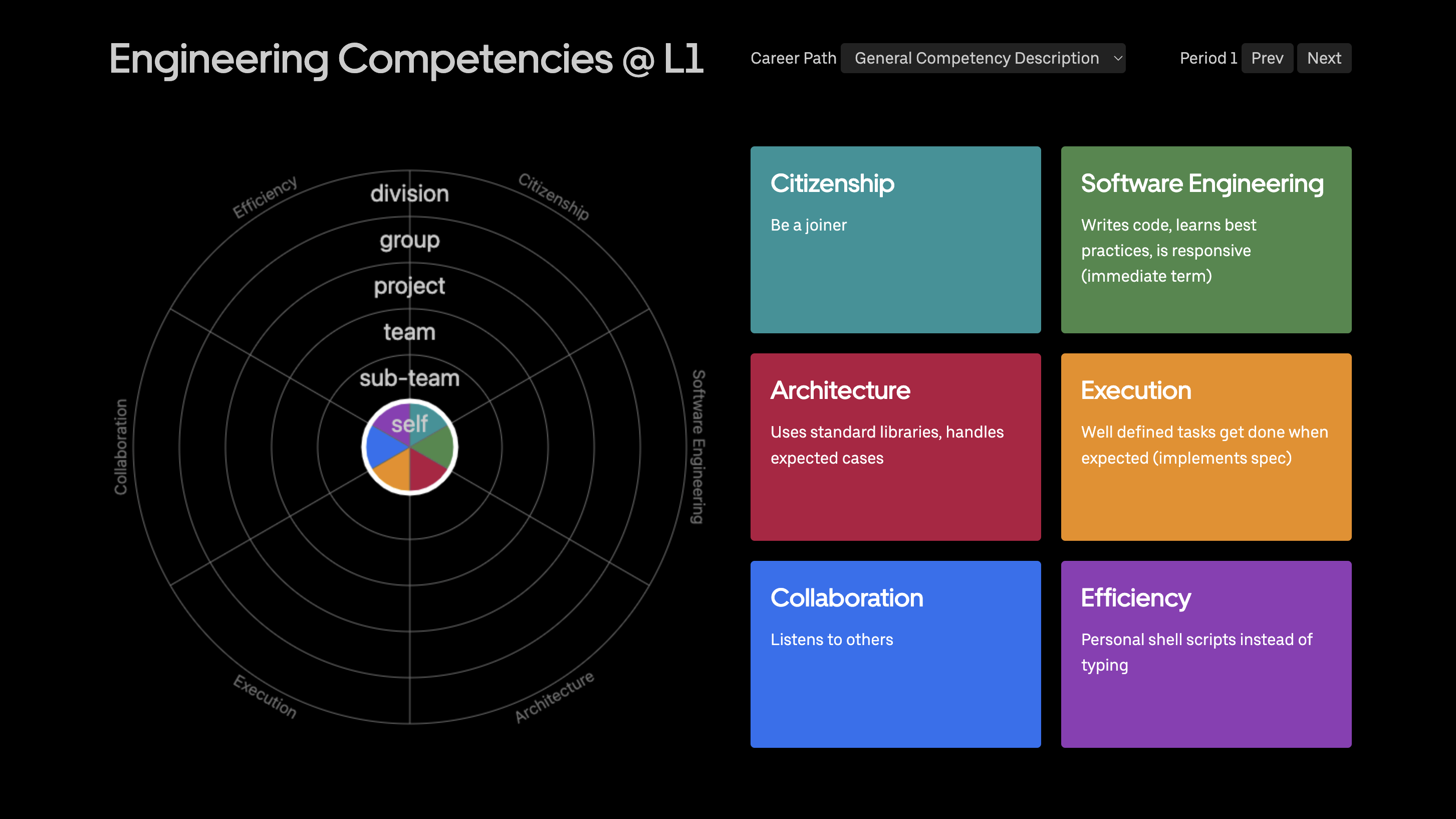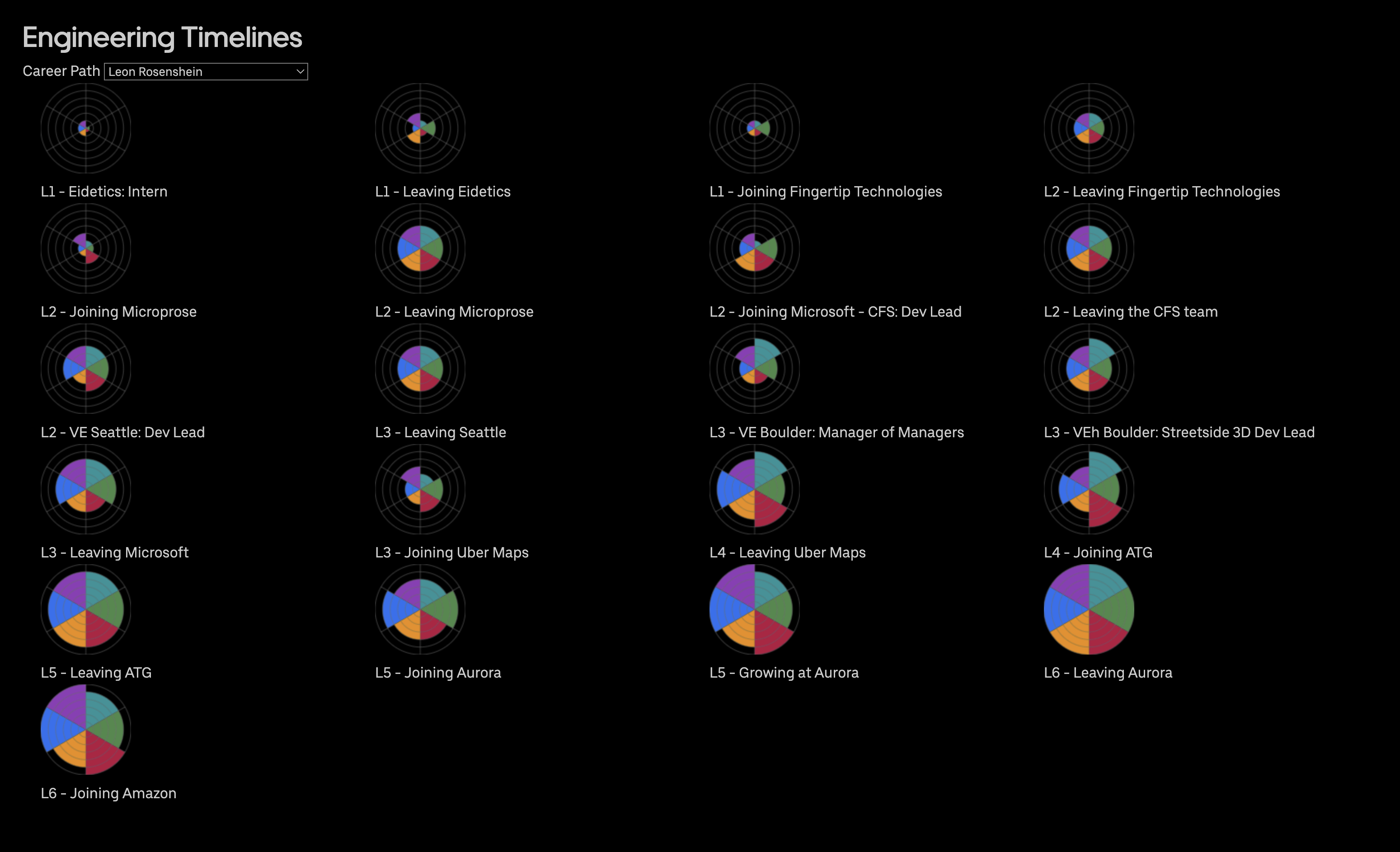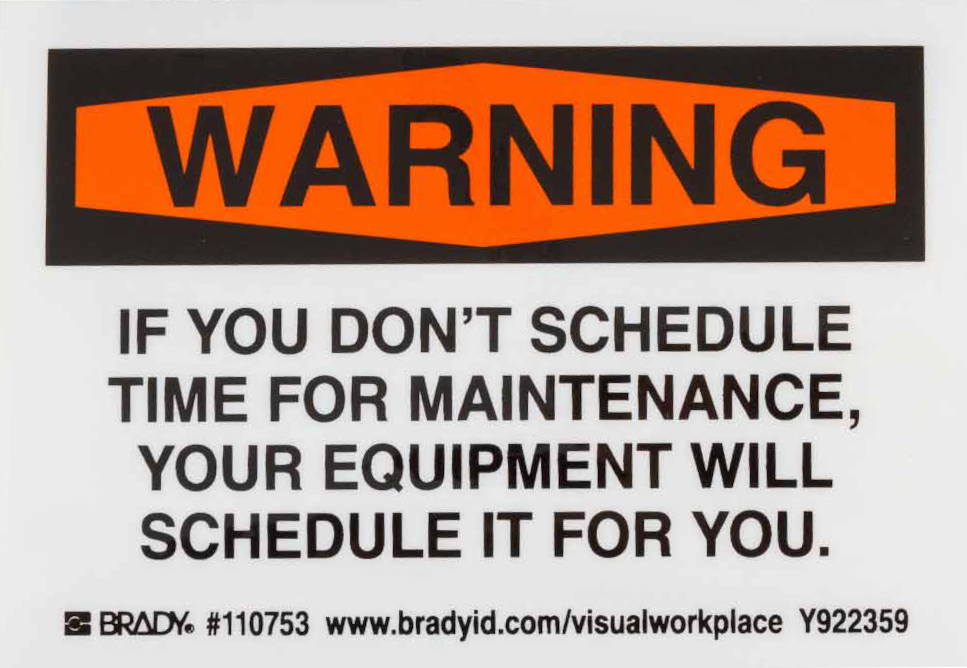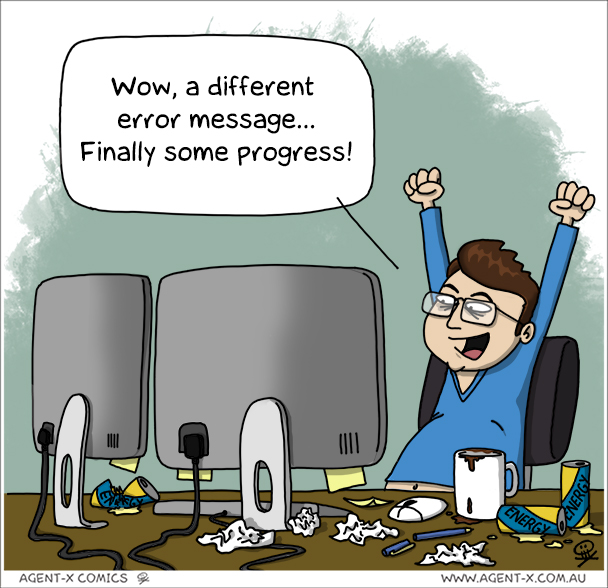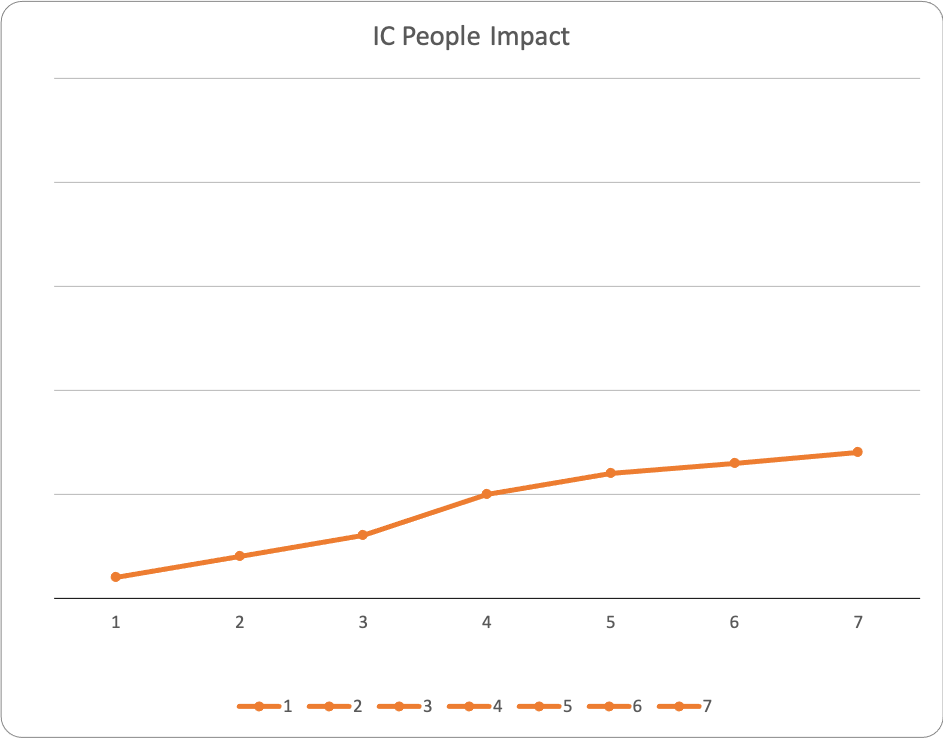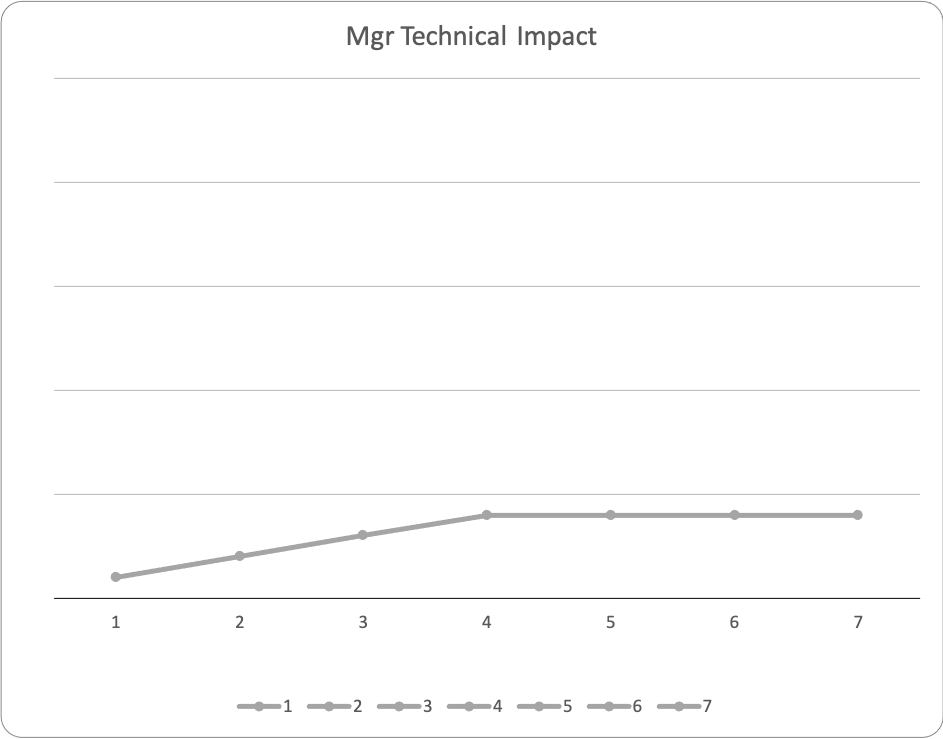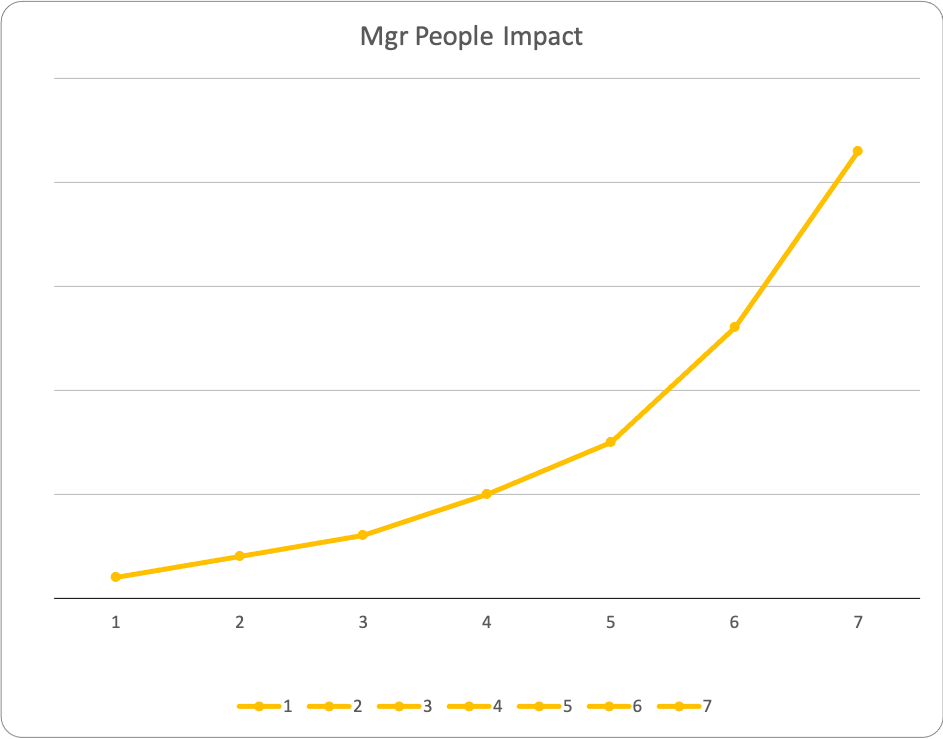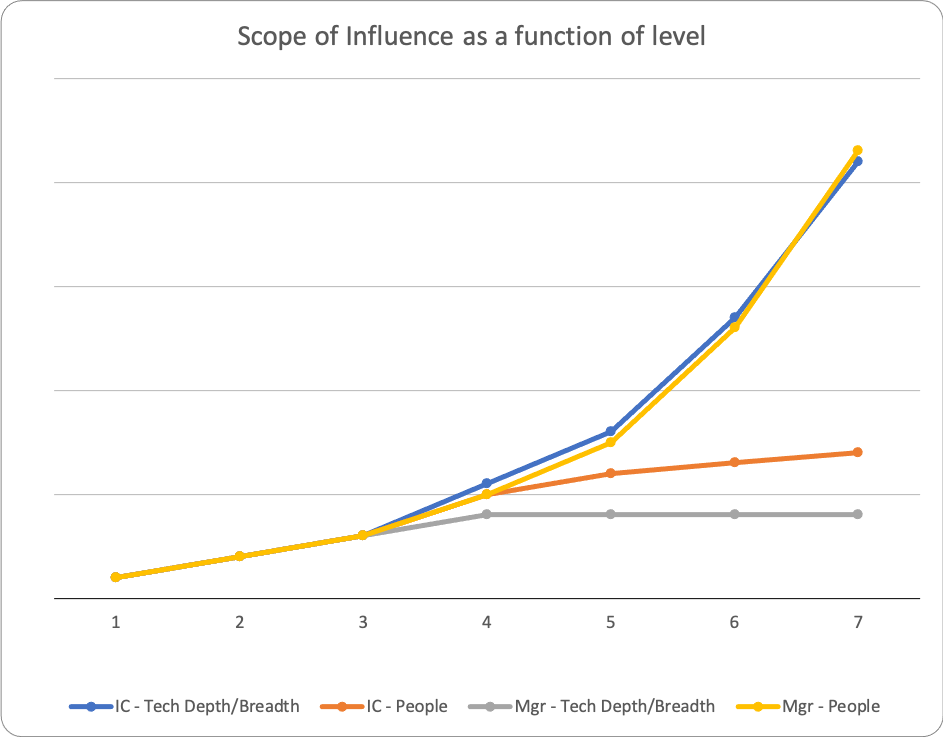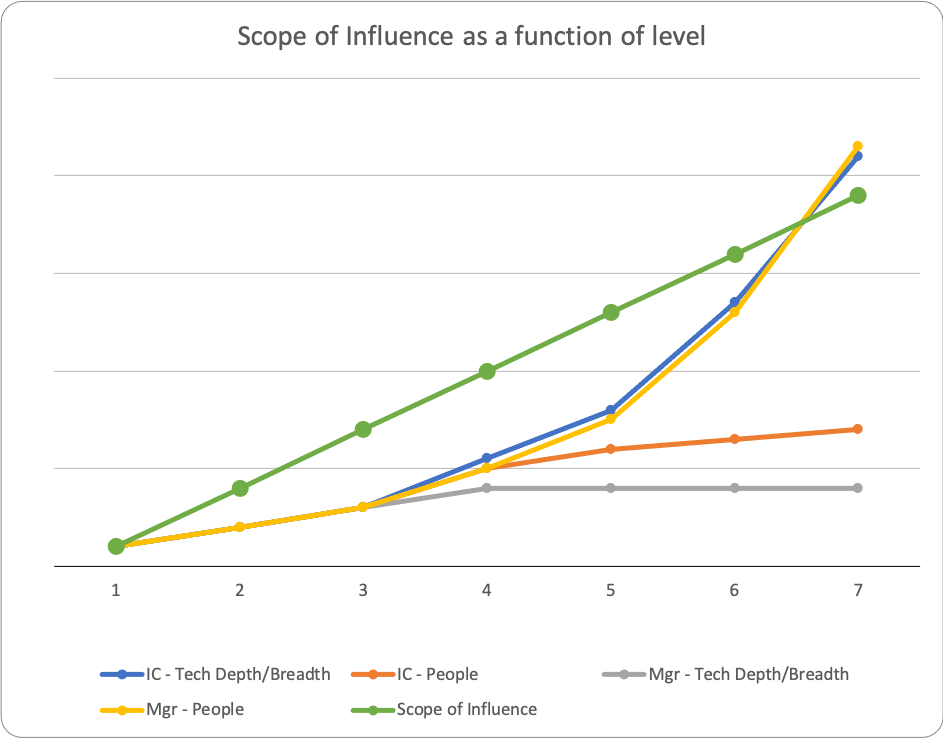Elevator Pitch
I’ve talked about vision and mission statements before. I’ve talked about strategy and charters too. Visions, charters, and strategies are big things. They can take a page or more to write down, a long time to describe, and even longer to really understand. Mission statements are often just as bug.
But there’s one kind of mission statement that isn’t big. It doesn’t take that long to explain or understand. When you hear it, you know exactly what the mission is, and if you are part of that mission, you also know exactly what your role in achieving that mission is. That kind of mission statement has another name. The Elevator Pitch.
The elevator pitch comes to us from Hollywood. The story goes that if you had a project you wanted to get made and didn’t have a well-known name or portfolio and wanted to get a chance, you’d somehow manage to get yourself in an elevator with someone who did have the power, budget, or connections needed to get it made. Then, while you were in the elevator with that person, you’d make your pitch.
The elevator was a great place to make the pitch because there were no distractions and the person couldn’t leave. On the other hand, elevator rides are short. A minute of two at best. You didn’t have a lot of time to make your pitch. This one simple constraint drives the elevator pitch more than any other.
Which means your elevator pitch needs to meet a few requirements. First, of course, it needs to be short. It also needs to be clear and complete. That’s hard enough to do. But it’s not enough for an elevator pitch. It also has to be catchy. It has to grab the listener and make them want to know more. Make them want to get involved. Make them want to help you get your project made.
Making a company’s mission state also be an elevator pitch add yet one more level of difficulty. Because there are two very distinct types of people who you need to craft your elevator pitch for. The first is the people outside of the company. The customers, users, critics, shareholders, and investors. Those people need to know what you’re doing, what is good for them, and what you consider success.
The second is the people inside the company. They often have a lot of overlap with the first group, so all of those things are important to them, but the elevator pitch also needs to tell them what they need to know so they can do their part in executing the mission. And by the way, while you tell those internal folk what they need to know, you don’t want to scare off the people outside.
It’s a lot of work to craft such an elevator pitch. Lots of things that need to be included. Lots of constraints that you need to honor. But, done right, a mission statement that is also a good elevator pitch can drive a company (or team, or even an individual) far beyond where they might have gotten without it.
Consider Microsoft’s early mission statement, “A computer on every desktop, (running Microsoft software)”, or Uber’s early one, “Transportation as reliable as running water”. Both are very short. They are simple to understand. You know what success looks like. From outside the company, you know what the company is doing and how you’ll be better off after it comes to pass. From inside the company, you can look at every decision you make while doing your job and make the choice that drives the mission.
So what’s your company’s mission statement/elevator pitch? Do you have a pitch or just a mission statement? What about your team? Or yourself? If there isn’t one, should there be? What can you do to make it happen?
